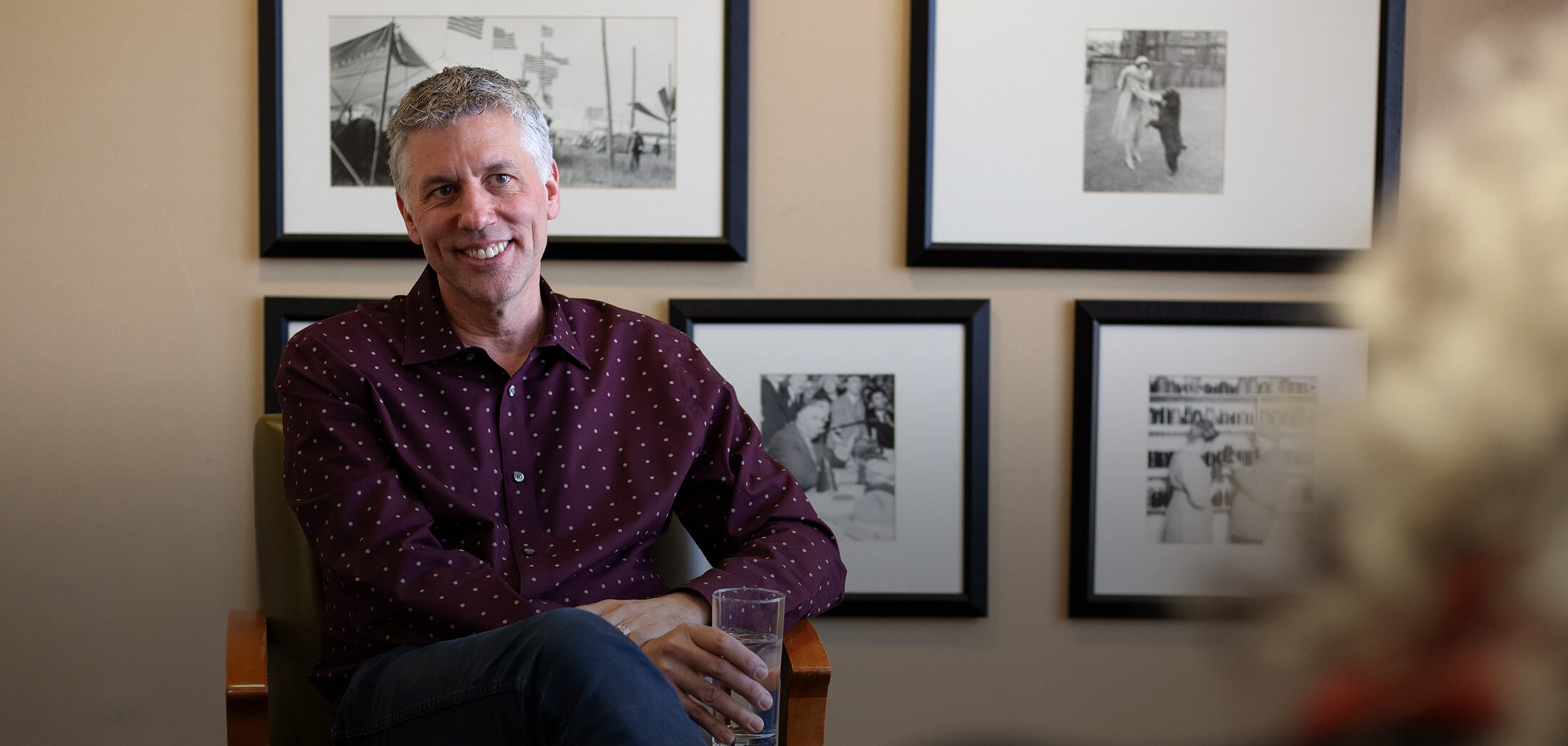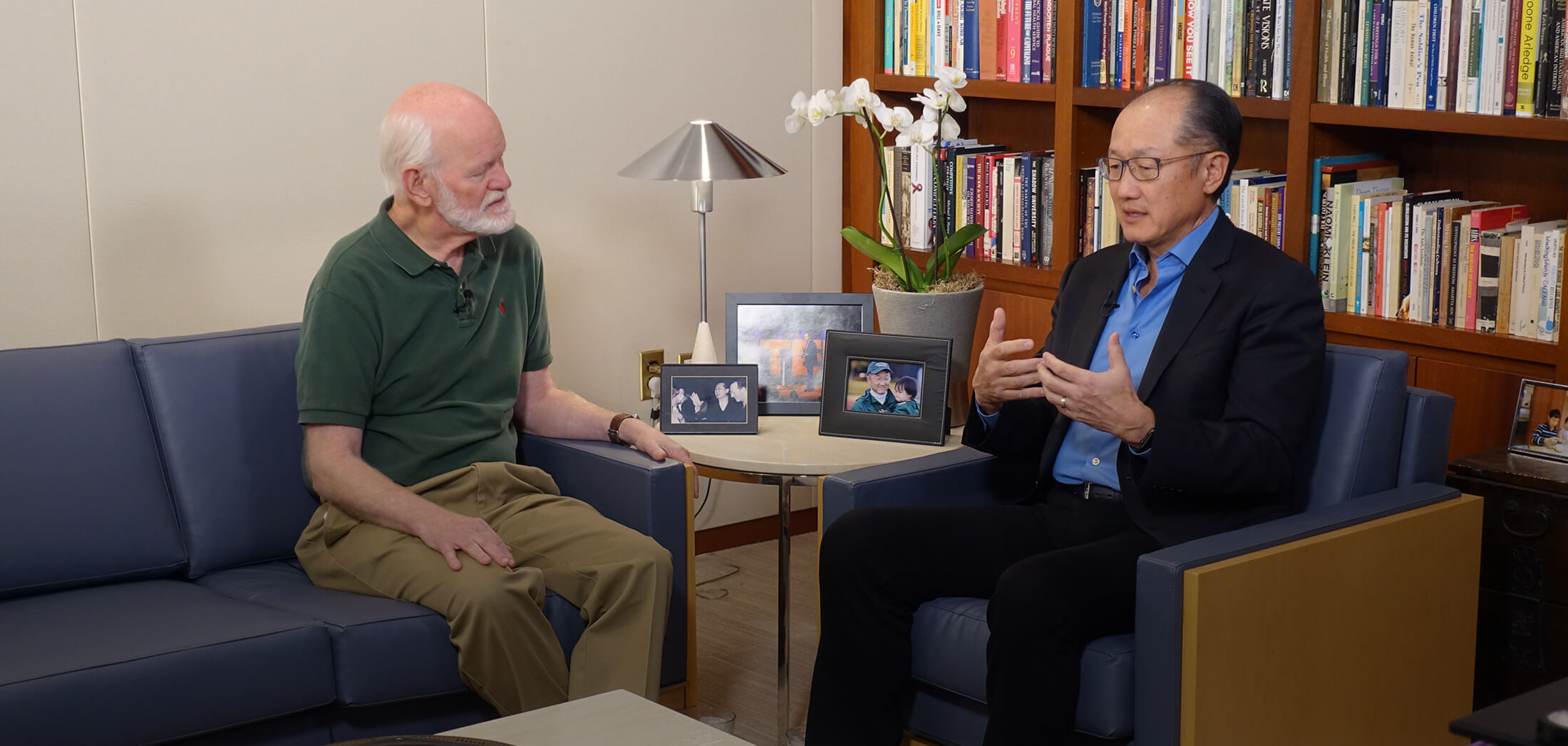How to
Real field implementation experiences… from a different angle

PRE-SUMMIT SPECIAL: How To Get The Most Out Of Summit Content
It can be a little daunting when embarking on a new learning journey. There is a wealth of wonderful content to consume. You want to organize it in a way that ensures you’re getting the most out of it. We get it. So, what is the best approach? The 2019 WBECS Pre-Summit got off to a great start last week. We’re thrilled at the feedback we’re getting from our global coaching community. By way of a bit of extra support, we thought we’d offer some tips as to how to truly utilize the content of the event to your best advantage. Come prepared Minimize unnecessary nerves by making sure you have everything you need before you attend your session. Reach out to the WBECS Support Team if you have any questions you’d like to ask. Prepare your essentials ahead of time, like a pen and pad for scribbling notes, thoughts and ideas during a session. Something you jot down in the moment may be fleshed out into a brilliant new initiative for your coaching practice later on. Also, you may want to use a wall chart, an online or hard-copy calendar, or an organizer/diary/planner to pencil in the dates and times of the sessions you’ve selected. Attendees of the Pre-Summit can add sessions to Google Calendar via WBECS emails. Personalize your organization tools to make it fun! Choose designs and styles that spark joy. Whatever helps you to create a helpful reference guide you can easily refer to. Attend the Implementation Mastery (IM) Sessions Each session of the Pre-Summit has an accompanying IM session. These take place after the main session, designed specifically so that you and your fellow attendees can openly discuss the themes raised by the speaker. Hearing the varying perspectives of your peers can offer further insight, revealing approaches to the subject matter you hadn’t previously considered. Also, it’s a great opportunity to recap the main takeaways from the session. You can elaborate on your own notes and ideas. You can even share your thoughts with the group and gauge responses. IM sessions are a great tool for deepening your learning experience. Register for the IM Session for each of the main sessions you plan to attend here. Join the Study Buddy Program One great benefit of this year’s Pre-Summit is that you don’t have to learn alone! If you prefer to learn side by side with someone you can bounce ideas off, the Study Buddy Program is the perfect solution. You and your ‘Buddy’ can encourage one another, keep each other on track and swap insights and opinions on the session content. WBECS provide a personal Study Buddy Concierge service ensuring that you and your buddy have everything you need every step of the way. As part of the program, you’ll receive suggestions for the types of questions to ask yourselves and each other during and after a session. You can even benefit from weekly Study Buddy Gifts! For more information on the Study Buddy program, reach out to the WBECS Support Team at studybuddy@wbecs.com. Utilize session recordings Pre-Summit speaker sessions are free if you watch them live as they happen. For those of you who hold an Executive Speed Learner (ESL) Full Summit Pass, recordings of the Pre-Summit sessions and slides used by the speakers during their presentations are free! This means if you miss the live broadcast, you can watch the session back, pause it where you want, and fully absorb the material at your own leisure. If you don’t hold an ESL pass, don’t despair - the WBECS Support Team send out a weekly email to all Pre-Summit attendees, containing the recordings of the top 3 sessions from the past 7 days. For more information on the ESL pass, visit www.wbecs.com/summit Ask questions and reflect You can test yourself to see if you have taken in what you have learned by asking a series of specific questions, such as: What are my three key takeaways? What will this information change for me personally and/or professionally? How can I utilize this information to best serve my clients and/or community? What actions am I committed to taking as a result of my learnings? What one thing will I commit to focusing on this week? How will I embody what I have learned on a long term basis? These types of questions can help you formulate a plan of action for your coaching practice, helping you to implement what you’ve learned and bring about real, measurable change. Enjoy the journey Most of all, remember to have fun! Learning new things and keeping your skill set fresh is what will give you longevity as a coach. Allow yourself to get excited about what your learning journey could mean for your future. You are investing time in yourself, and into delivering excellence for your clients. Such efforts can change their lives for the better - and yours too.

5 Secrets to Success in Small Business Coaching
On the journey of your coaching career, you’ll have the opportunity to help businesses of all shapes and sizes. From sole traders to well-known brands, all enterprises can falter from time to time. However, there are subtle differences between the needs of a small-medium enterprise (SME) and those of a larger organization. Here are 5 secrets to success in coaching smaller businesses: 1. Awareness of Size vs Scale The idea that coaching an SME is a smaller undertaking than coaching a larger company is something of a myth. The size of the company does not necessarily dictate the scale of the problems your client might be facing. More often than not, SME leaders wear many hats, and that means, the issues preventing their optimum success can be far more complex and multi-faceted. The percentage of loss of revenue as the result of a particular issue can be exactly the same in scale as a bigger company (with a seemingly bigger problem) in terms of impact and implication. The secret, as an Executive Coach, lies in knowing this, and approaching both situations with the same tools and strategy - treating them as equal in scale no matter how big or small the business. 2. Pre-emptive problem solving One benefit of larger companies is that smaller businesses can learn from their mistakes. This success secret relies on careful observation. As a coach, you will recognise similarities in situations you’ve seen unfold for larger enterprises, and assist your SME clients by recommending preventative measures. This will reinforce your client’s confidence in your expertise, as you will not only be helping to solve current issues, but prevent future mishaps. 3. Honesty For smaller business owners, their enterprise is their baby - the culmination of years of hard work and determination. A good coach will not be afraid to point out inconsistencies that show up in language and behavior in spite of this, and will do it in a clear way. It doesn’t mean you have to be as blunt or tactless, but being too nice dilutes the opportunity for your client to learn, and won’t do them any favours in the long term. 4. Don’t do all the work for them Make it clear to your client from the outset that you are not a Band Aid for the business. You are there to help them help themselves. Your coaching sessions will generally focus on how behavior can be adapted, encouraged and/or minimized so that goals can be met. In the space between sessions, set your client homework assignments to promote faster learning and adoption of the desired new behaviors. This will also help them to further engage in the methods you are enabling them to implement. 5. Take into account the Human element Behind every business is a person. Everyone deals with stress and emotion differently. A business owner’s ability to manage stress, doubt and work/life balance matters more than they probably realise, and should be brought into the discussion. How your client manages themselves in adverse circumstances might be having a ‘poisoned well’ affect on their team, for example, i.e. causing undue stress and anxiety for others. An off-shoot of this can be a high turn-over of staff or essential team members choosing to leave. Bringing this to your client’s attention is not a judgement - it’s an observation. As long as you provide the tools for them to better organise their thoughts and keep a clear, calm head, they will thank you for your frankness later on down the road. Size really doesn't matter A small business is not small to its owner. To them, it’s their everything - their livelihood, their ideas and their passion. For every small business making money, the dream behind it had to have been a big one, and the likelihood is that their vision and ambition knows no bounds. If you bear than in mind, as well as these five key secrets, your success when coaching SMEs will soar to dizzying heights. You can learn directly from our industry's top thought leaders for FREE at the WBECS 2019 Pre-Summit - secure your spot by registering TODAY at https://www.wbecs.com/wbecs19/ Subscribe to our blog below!





